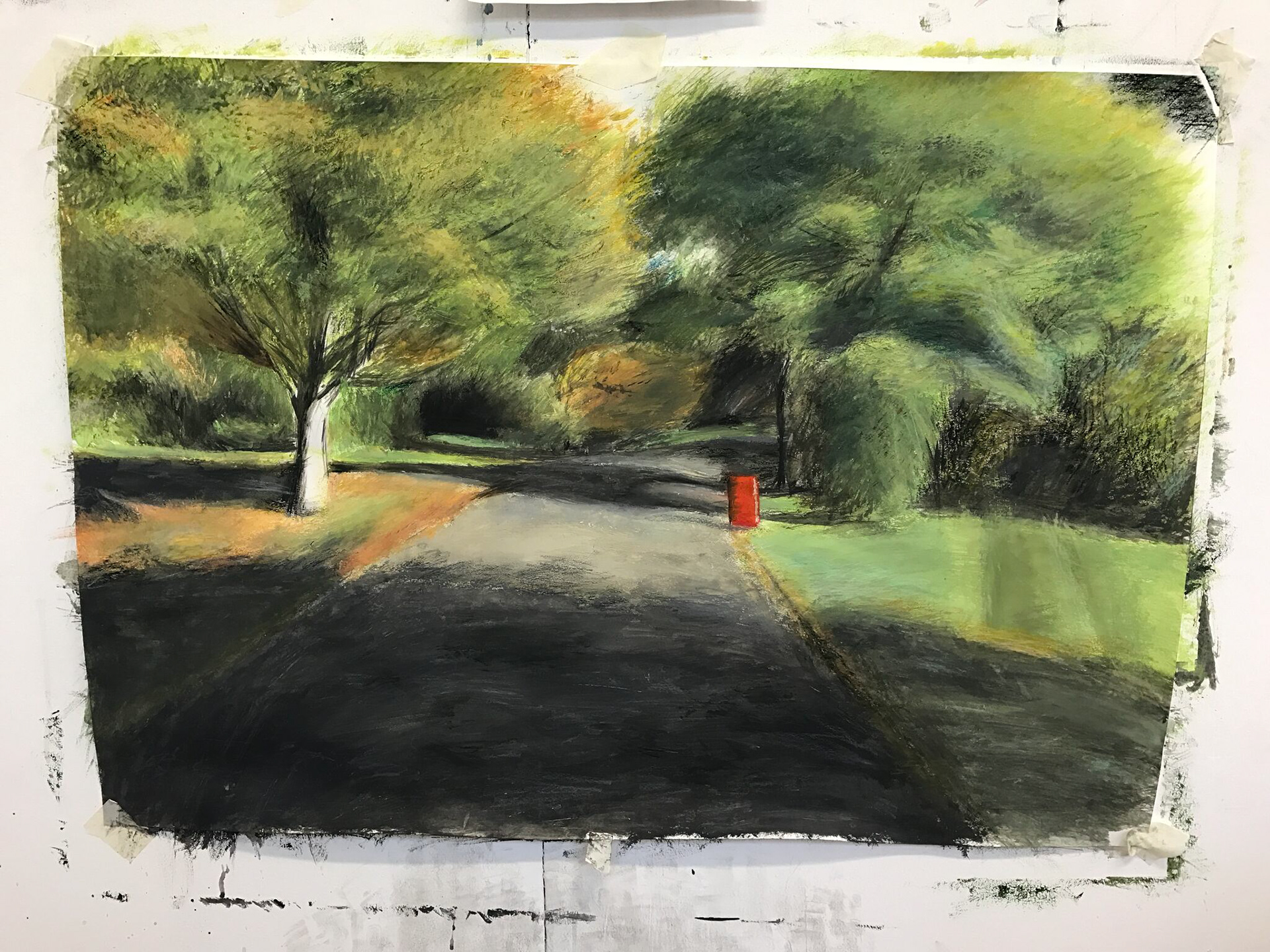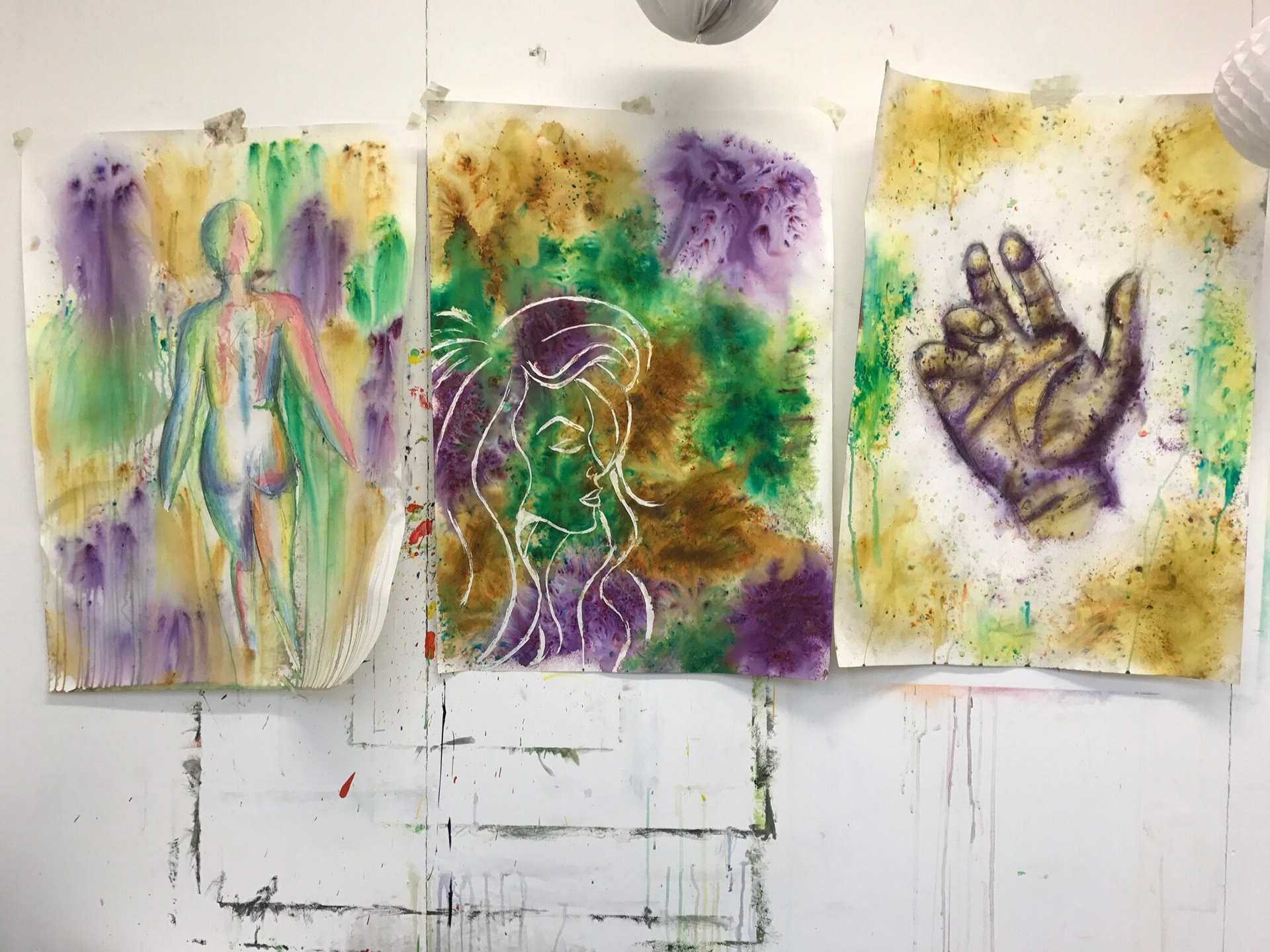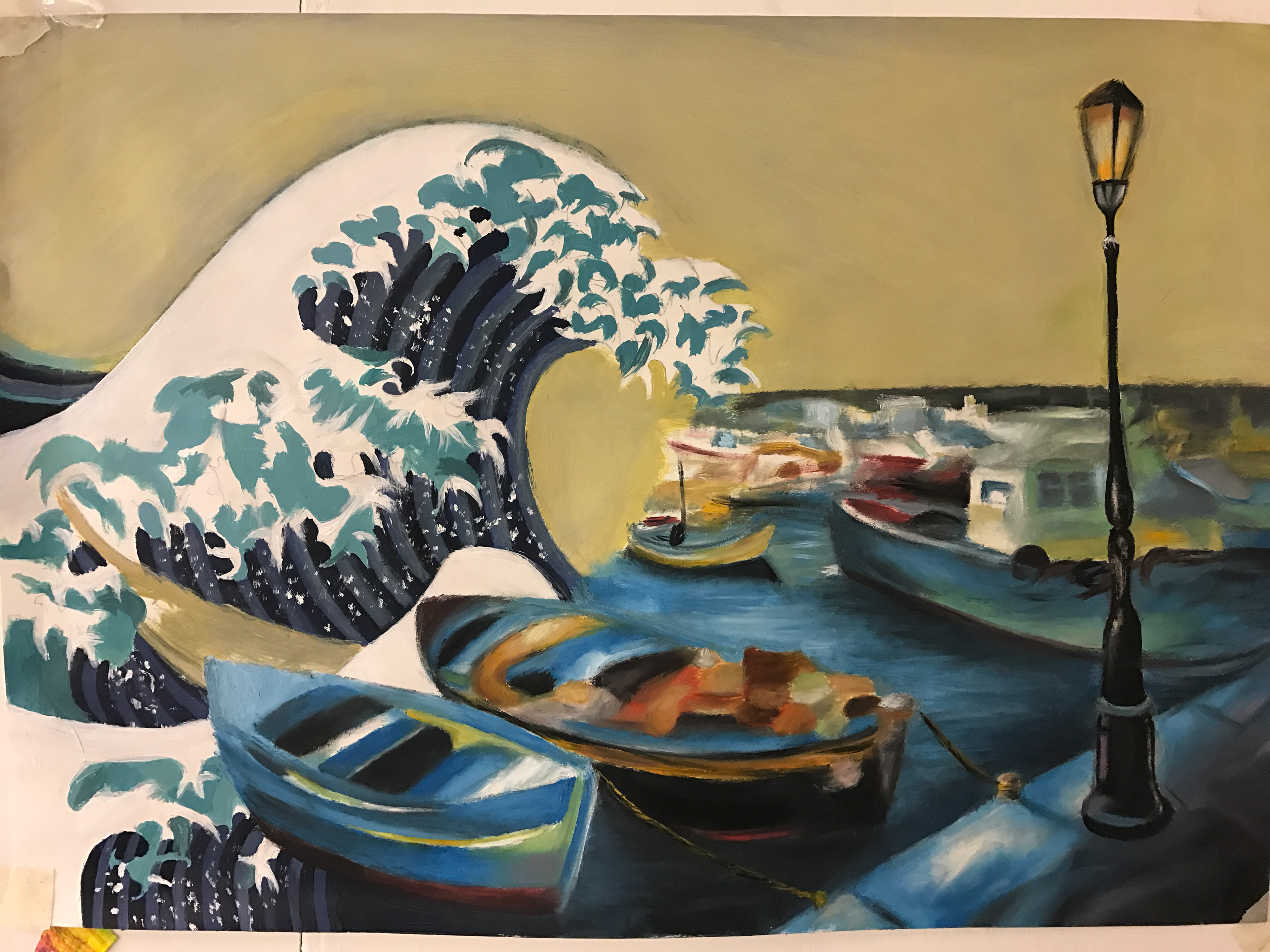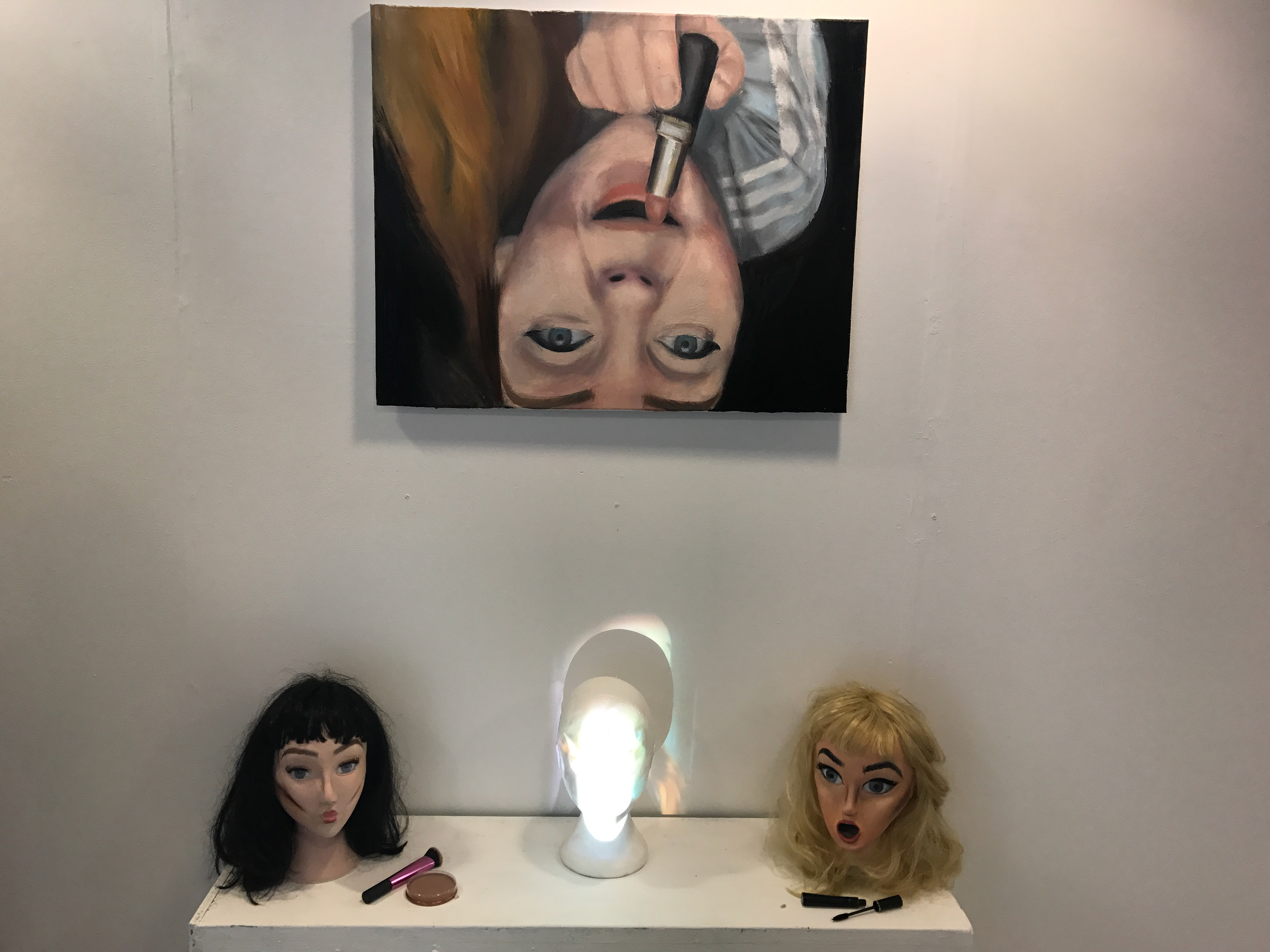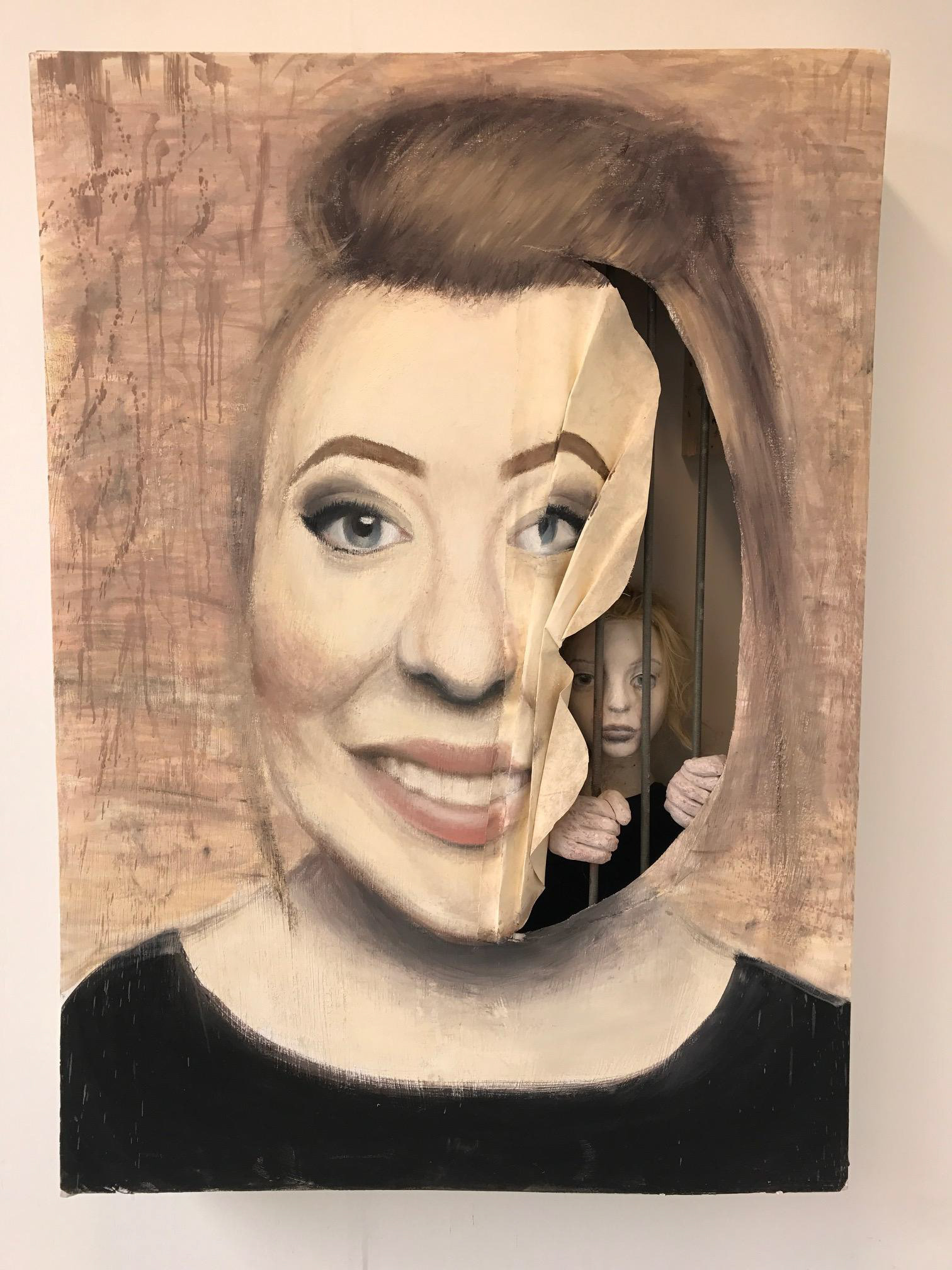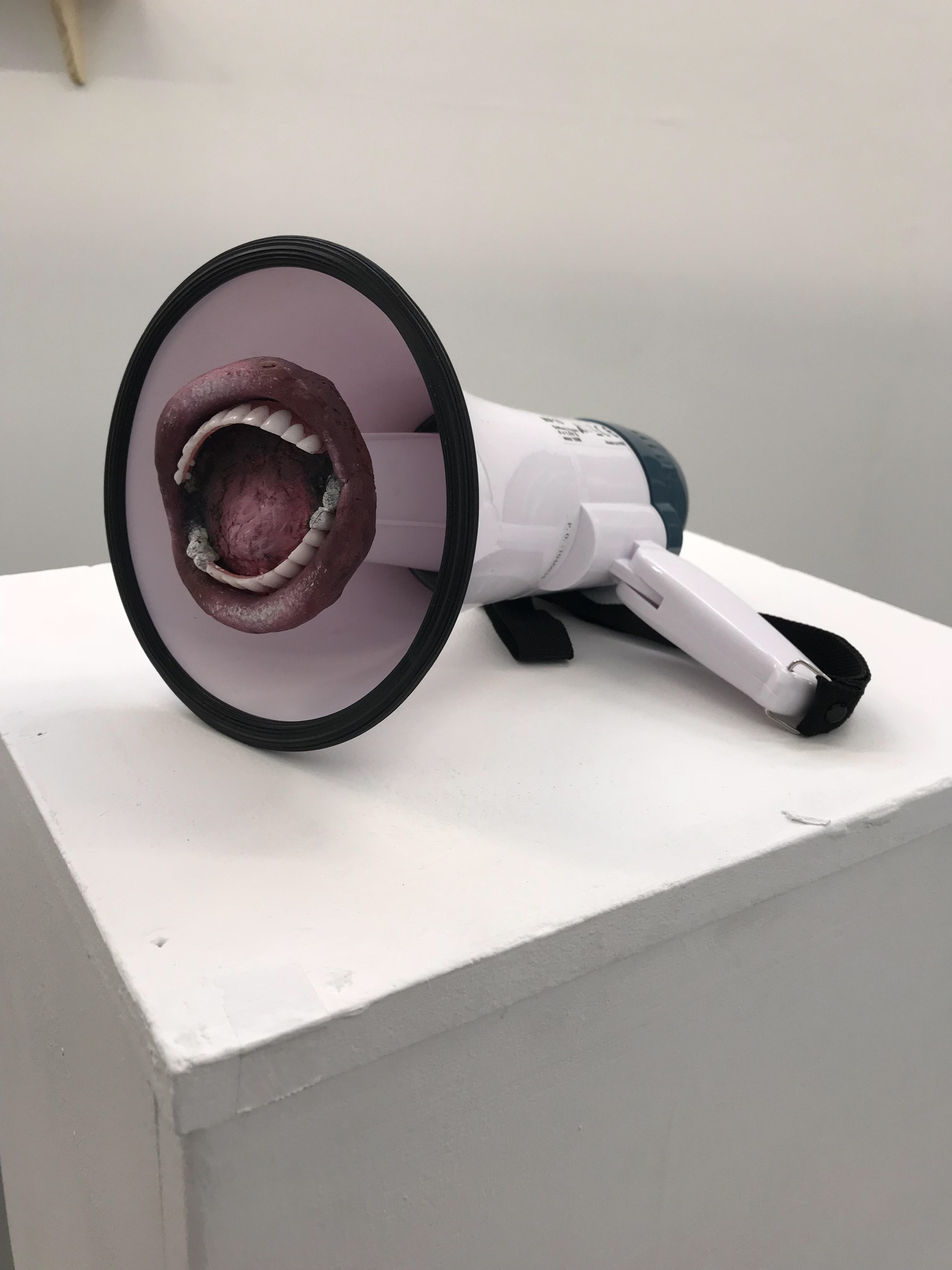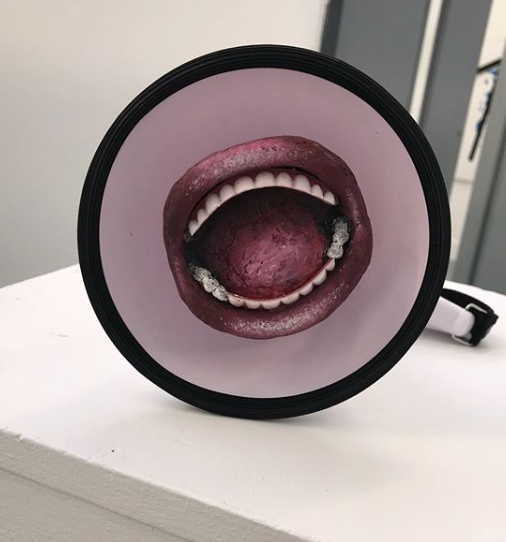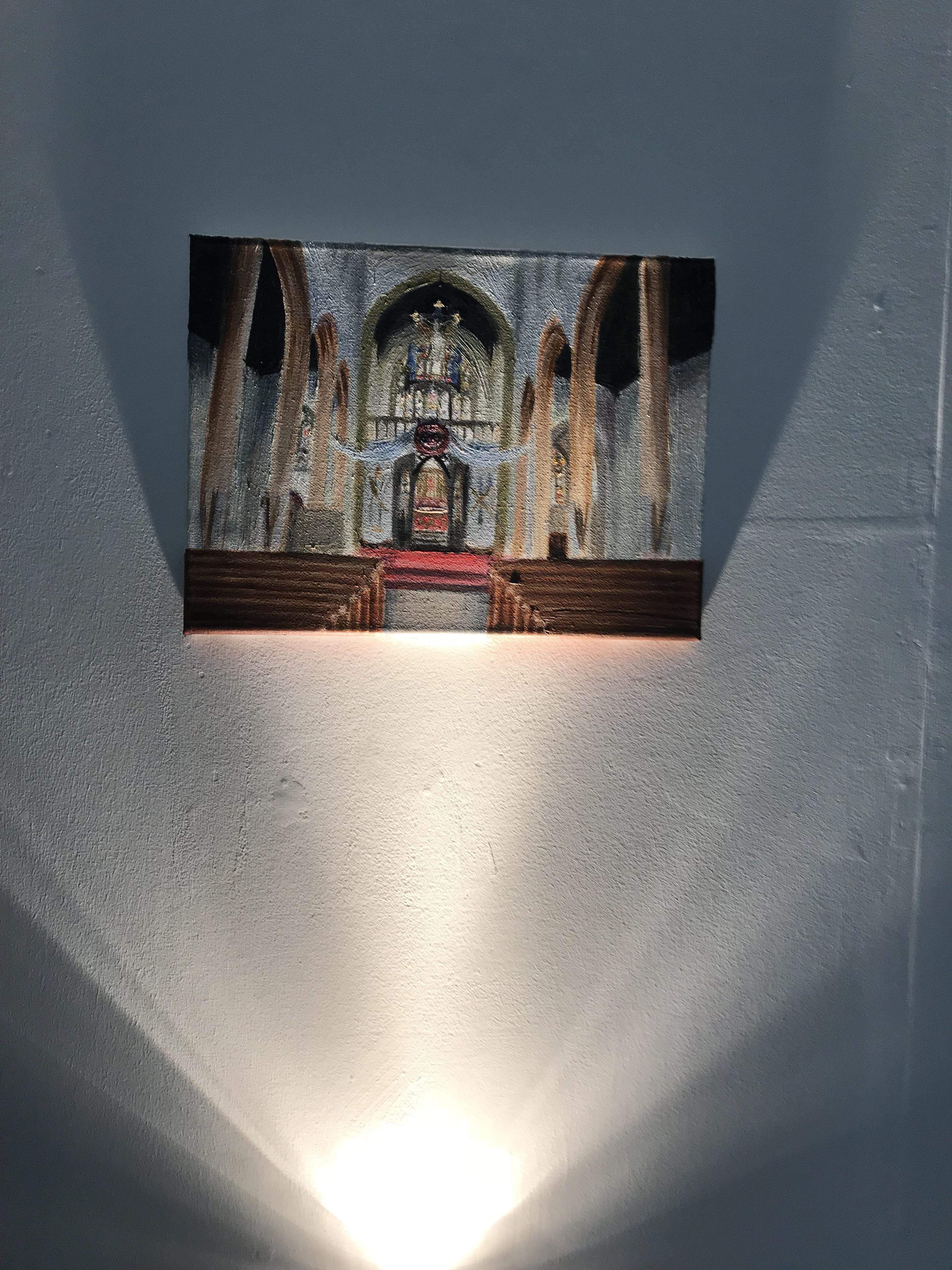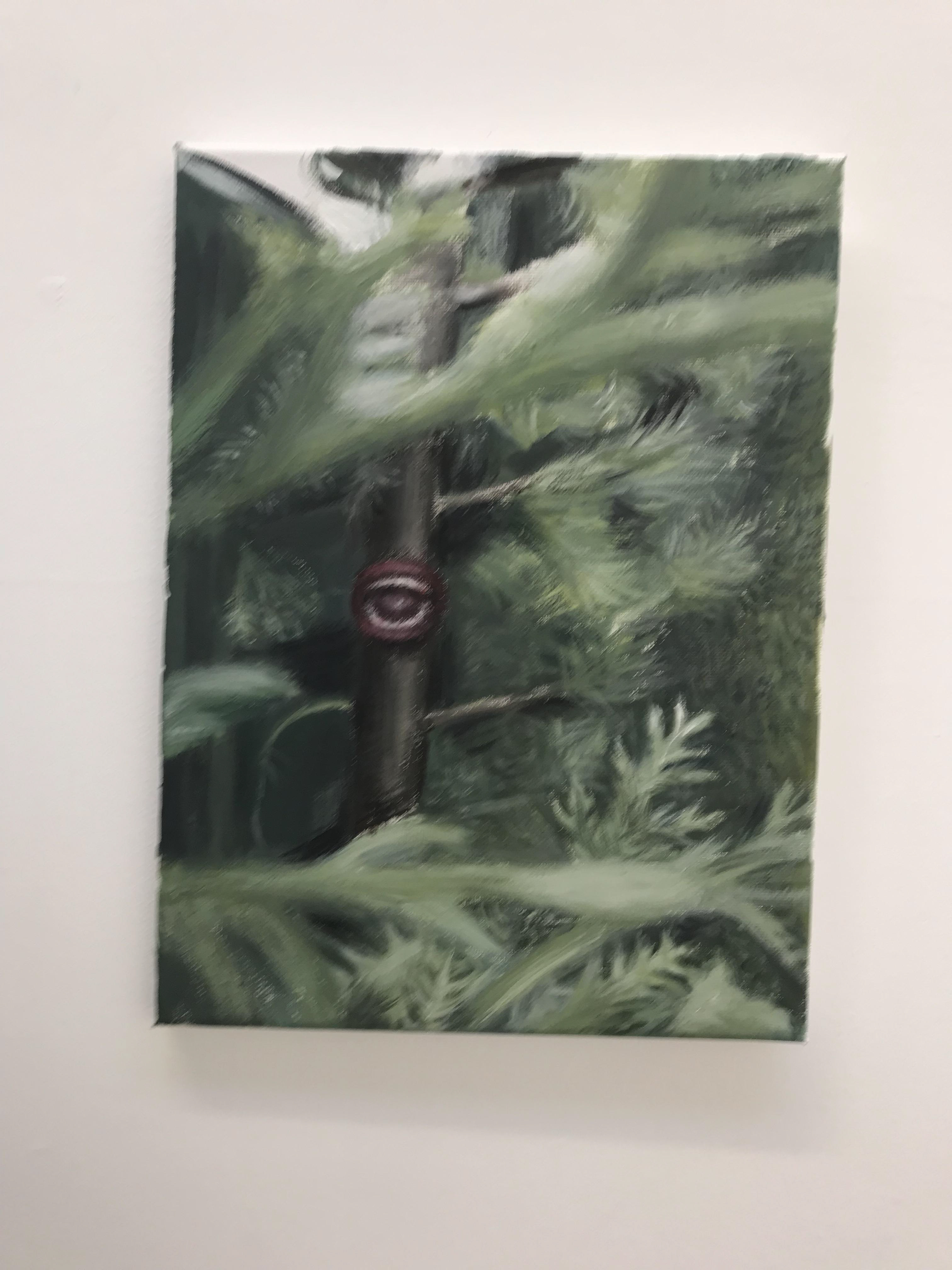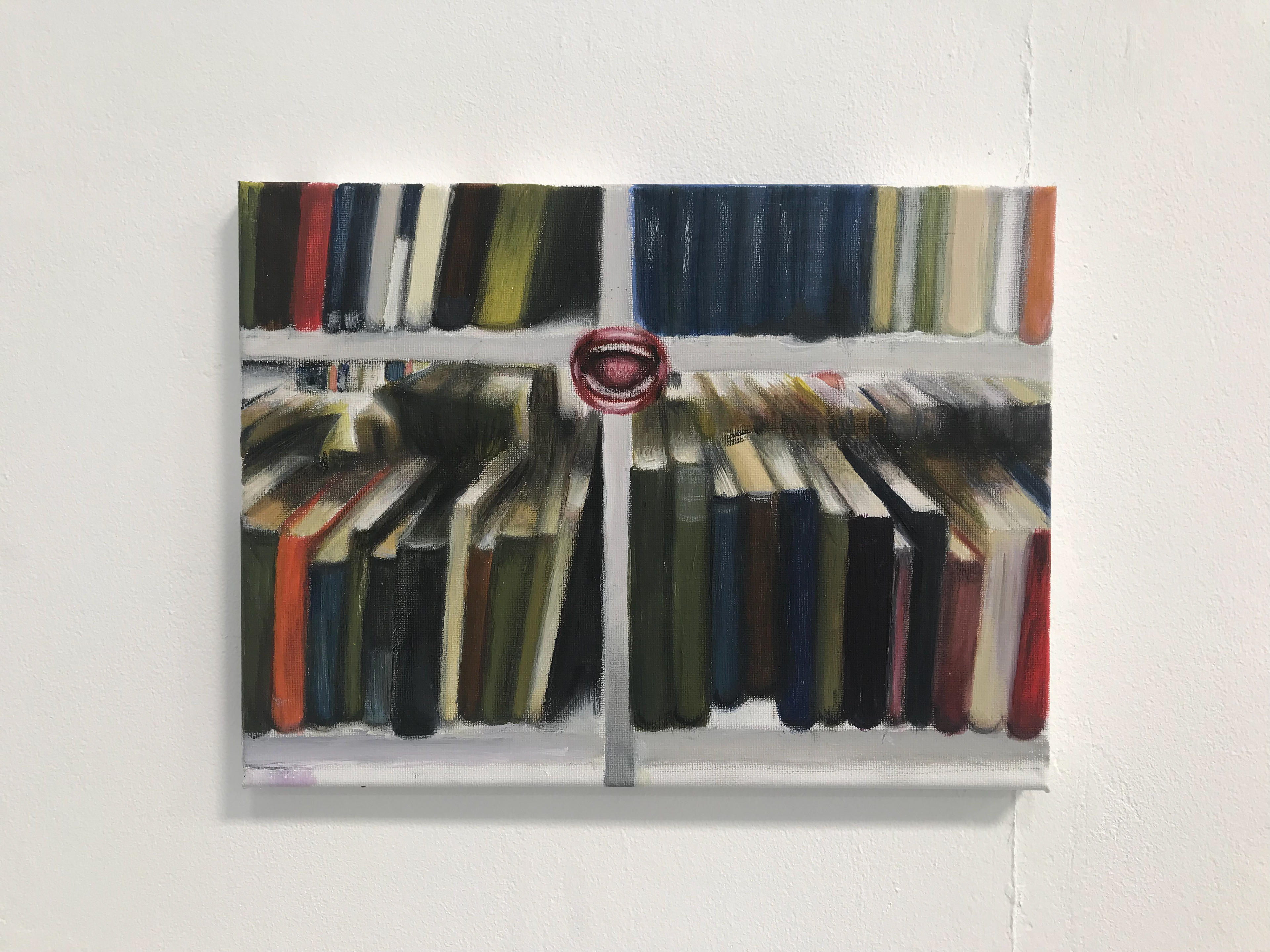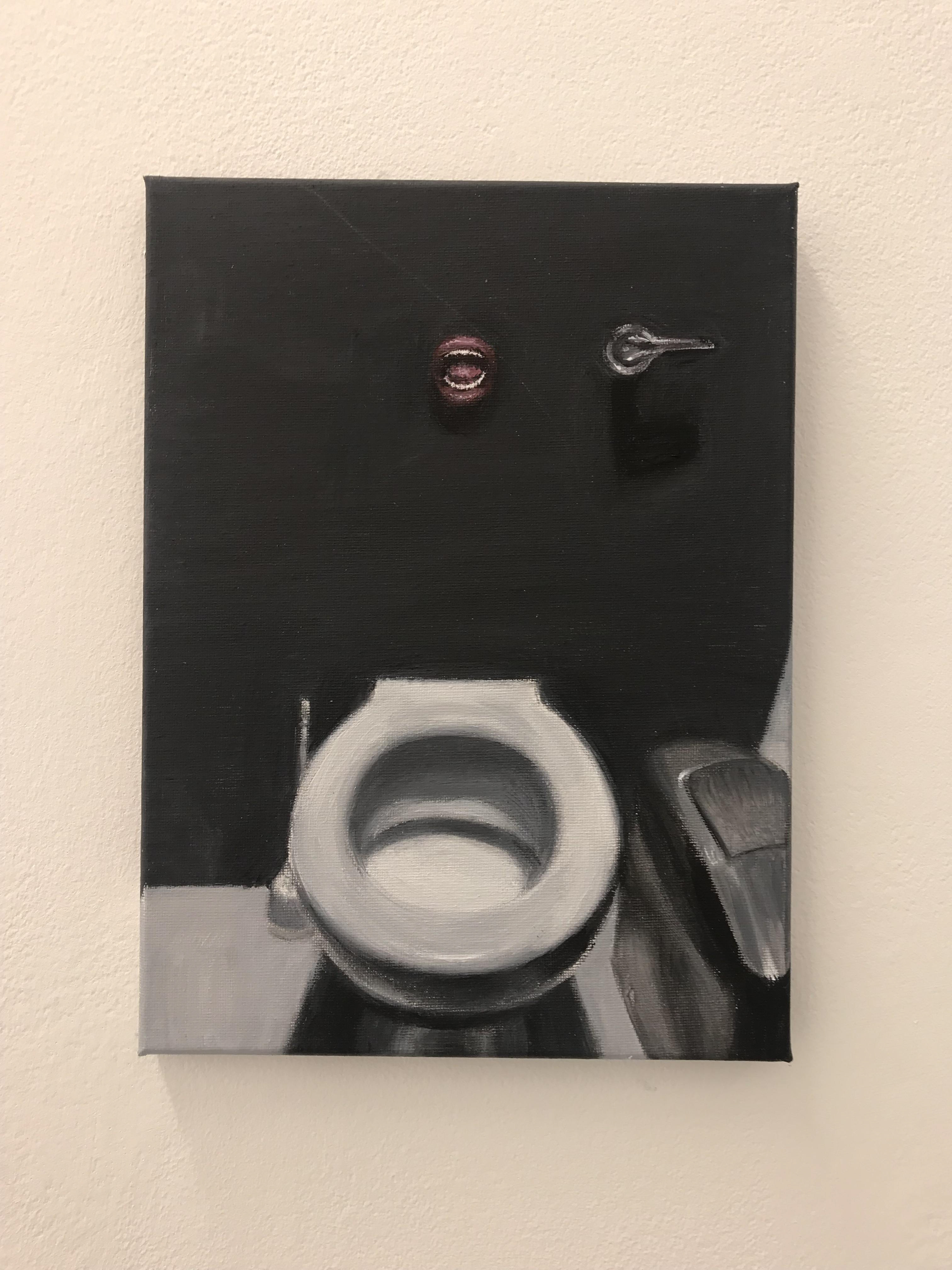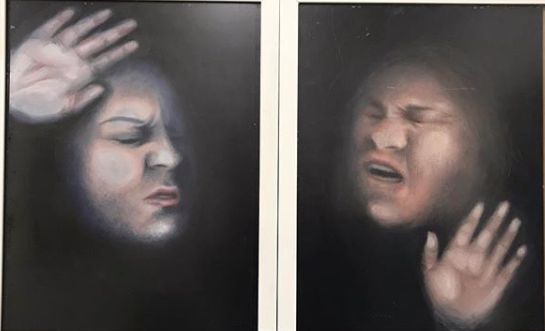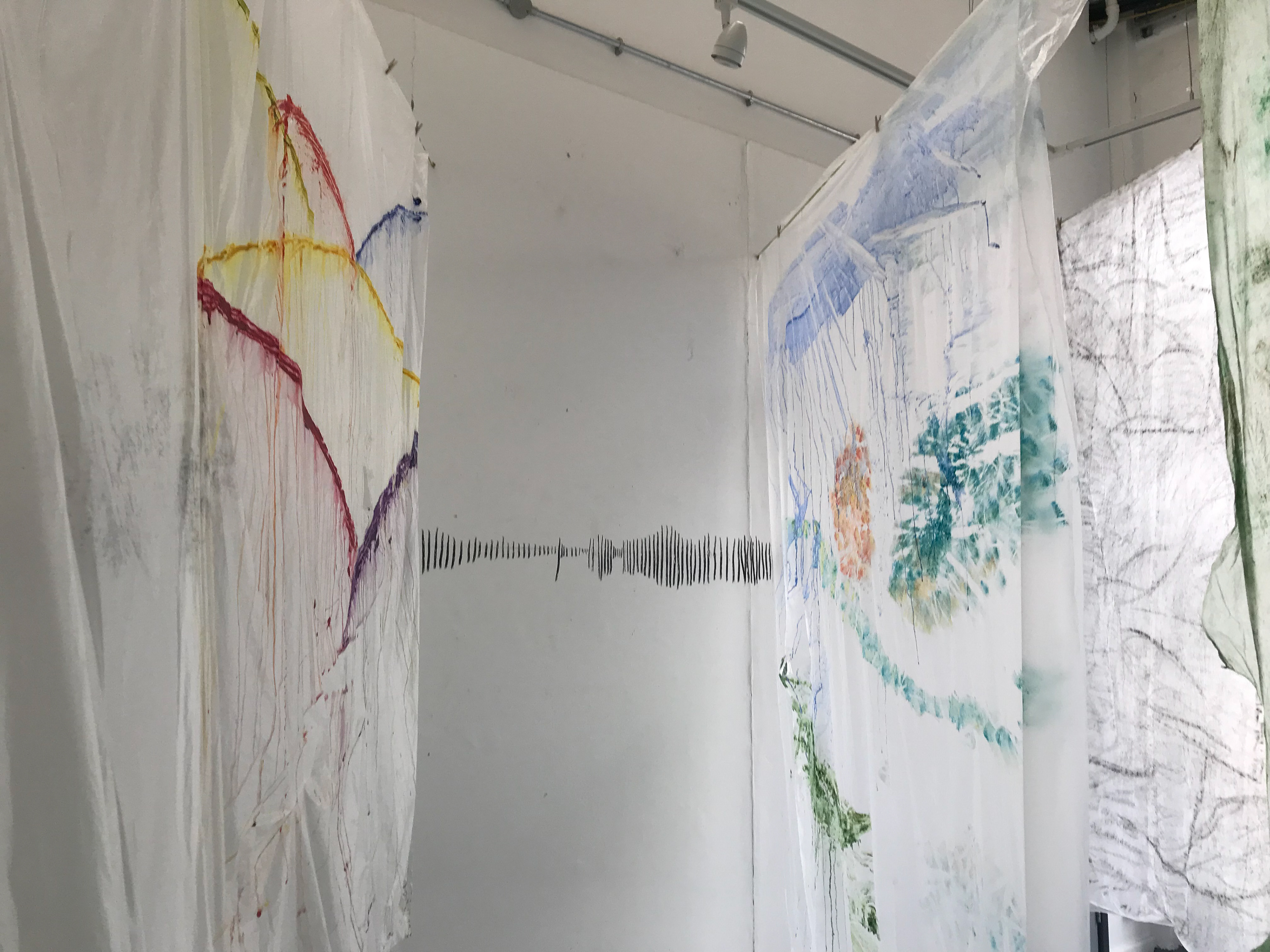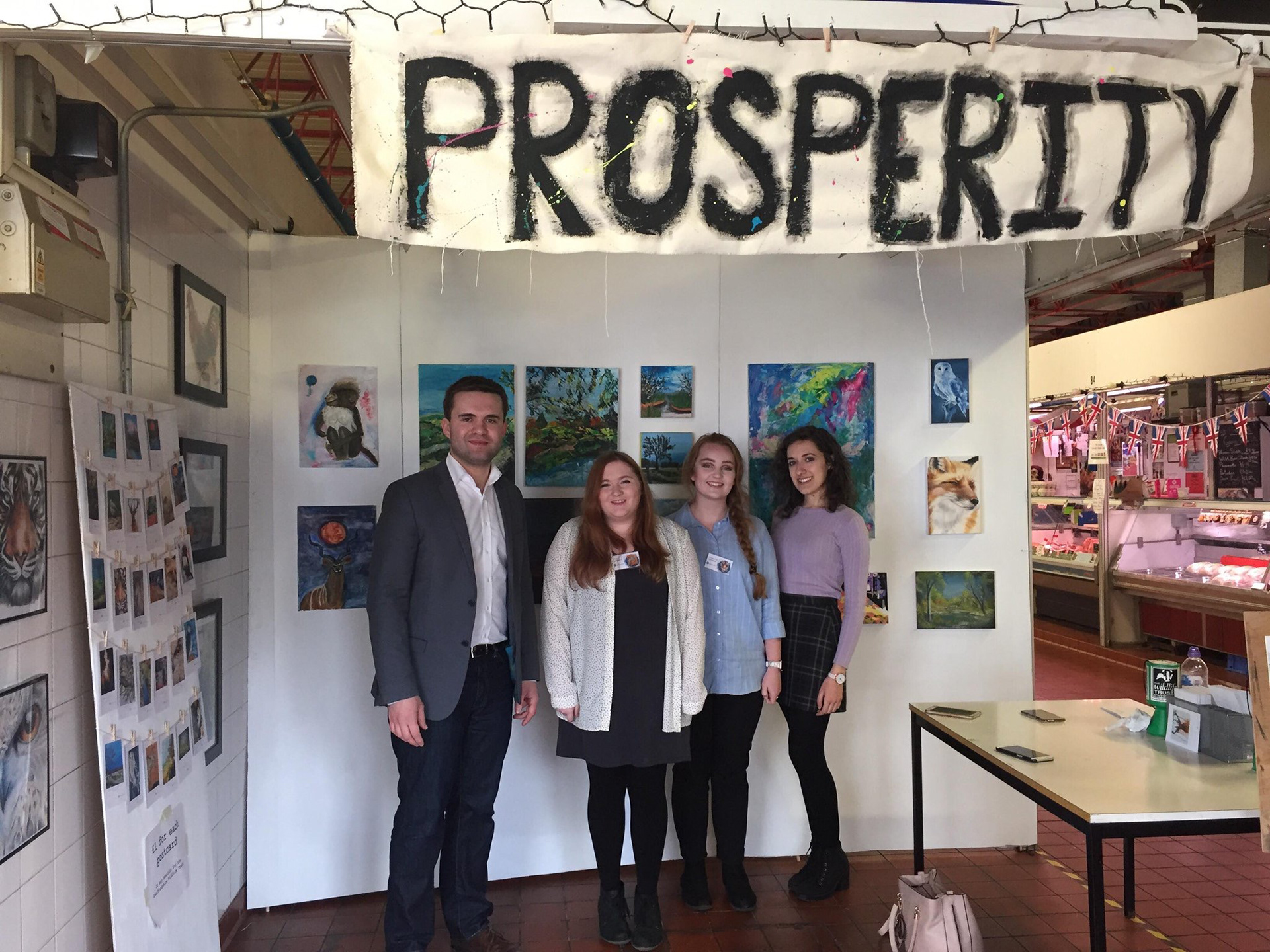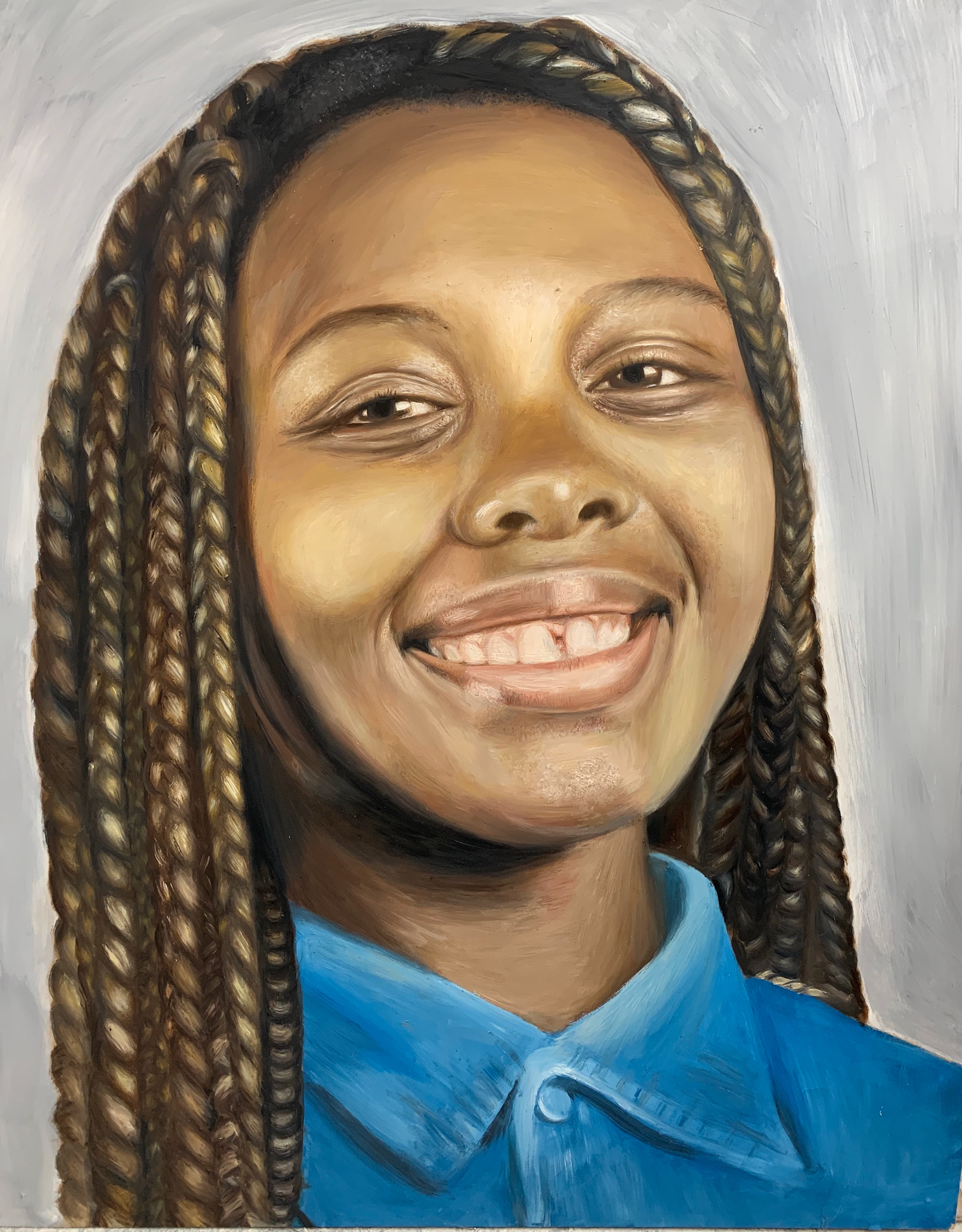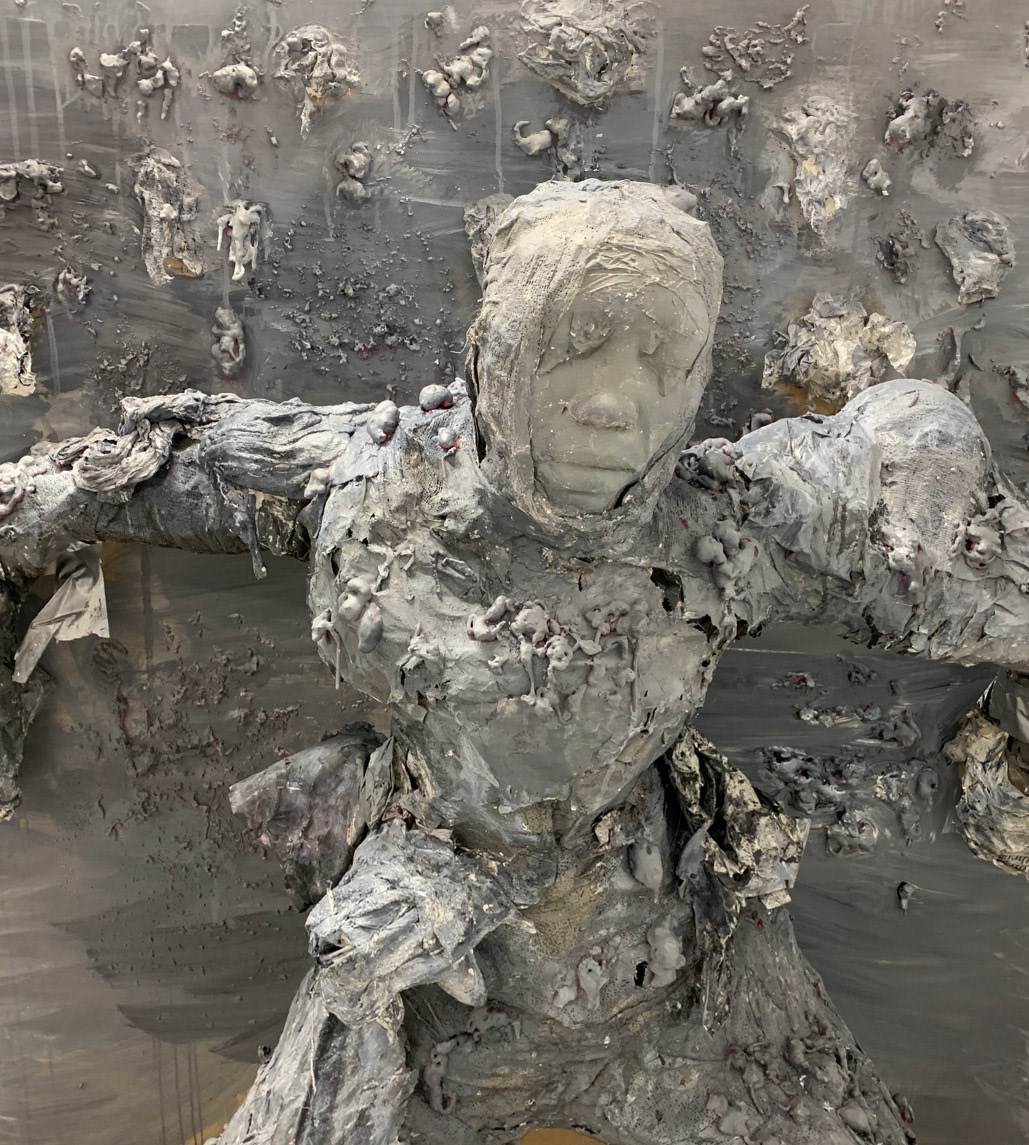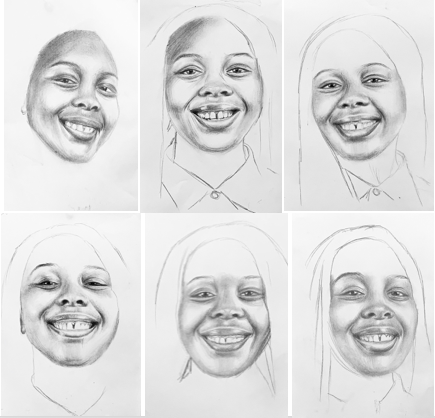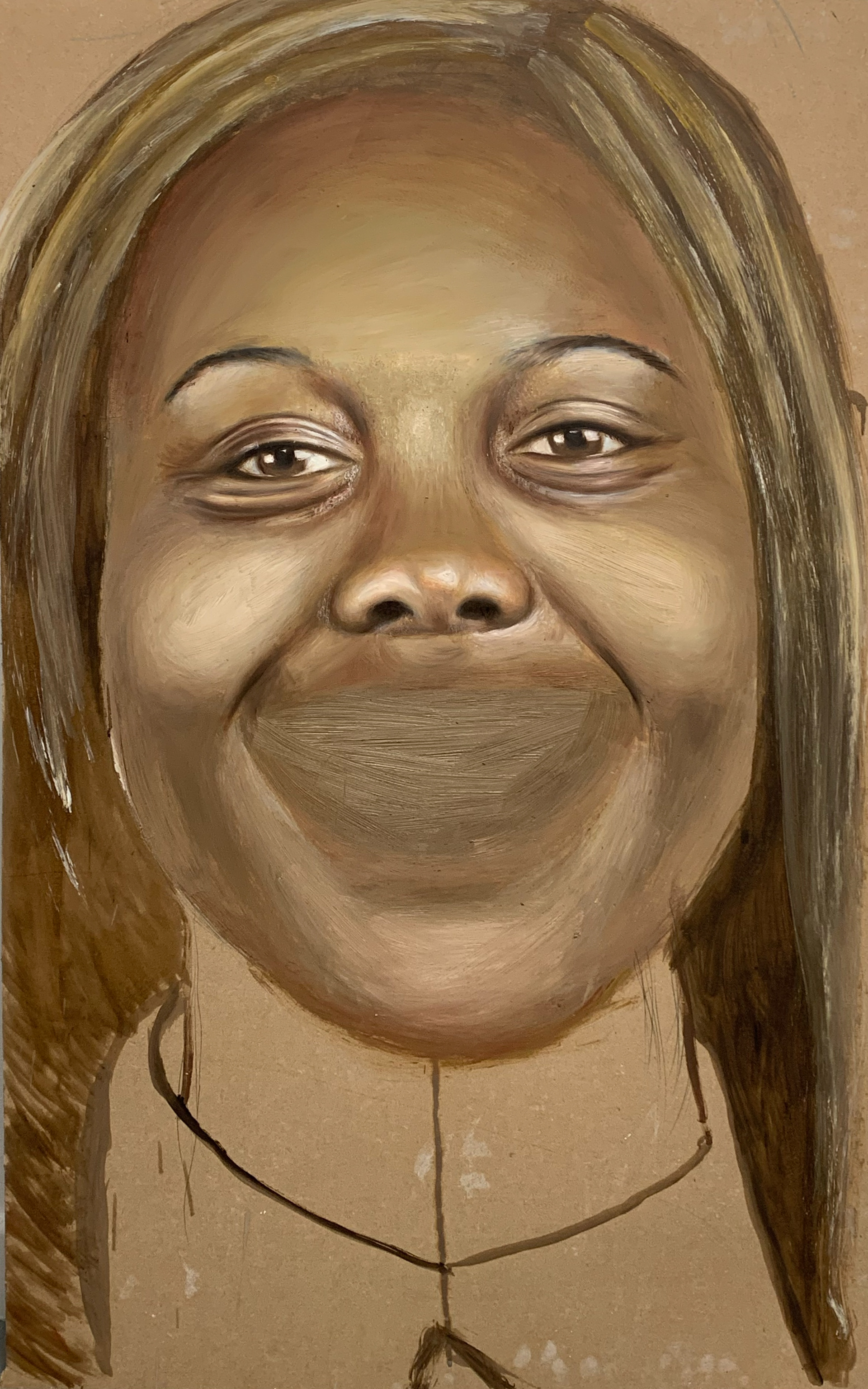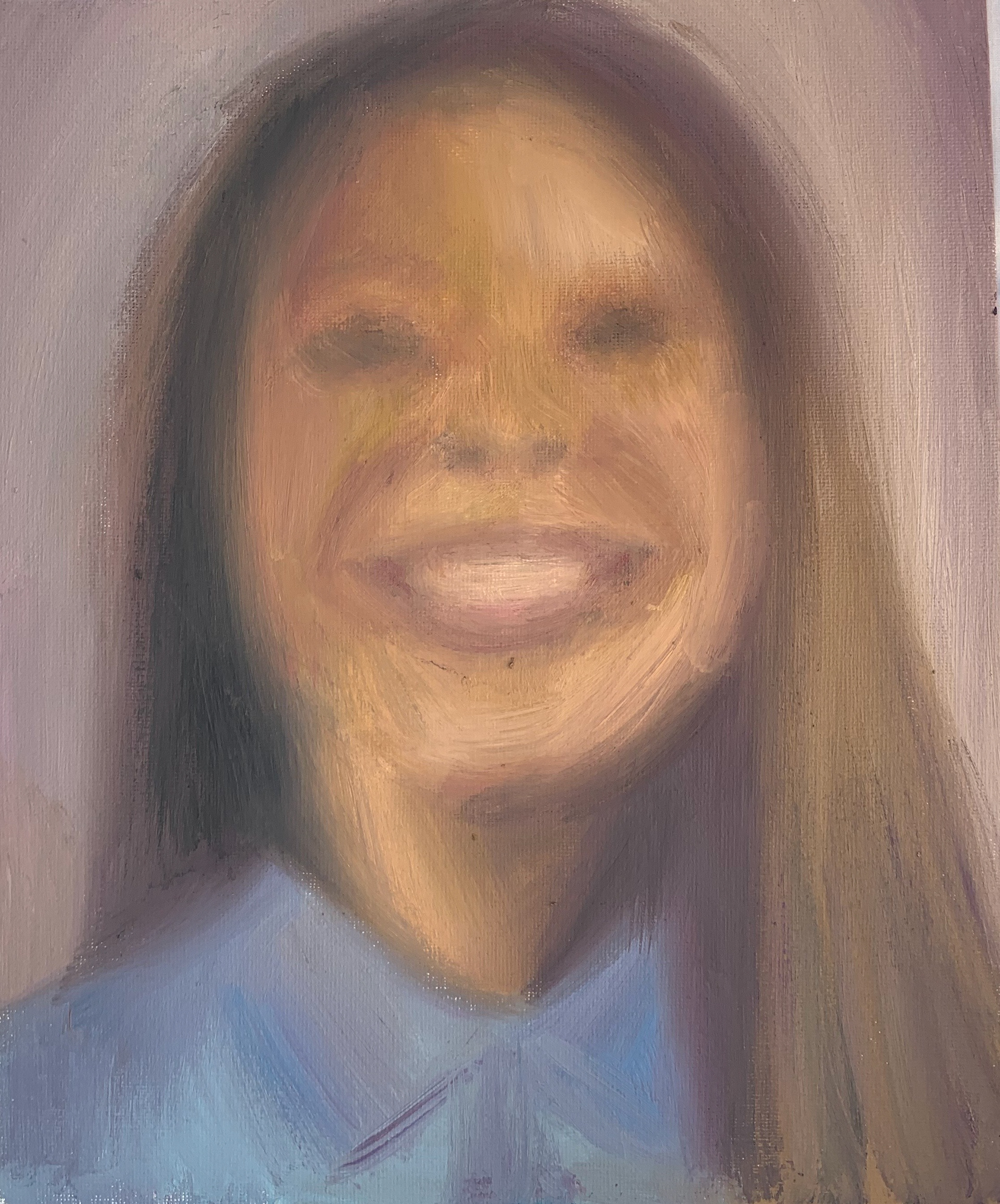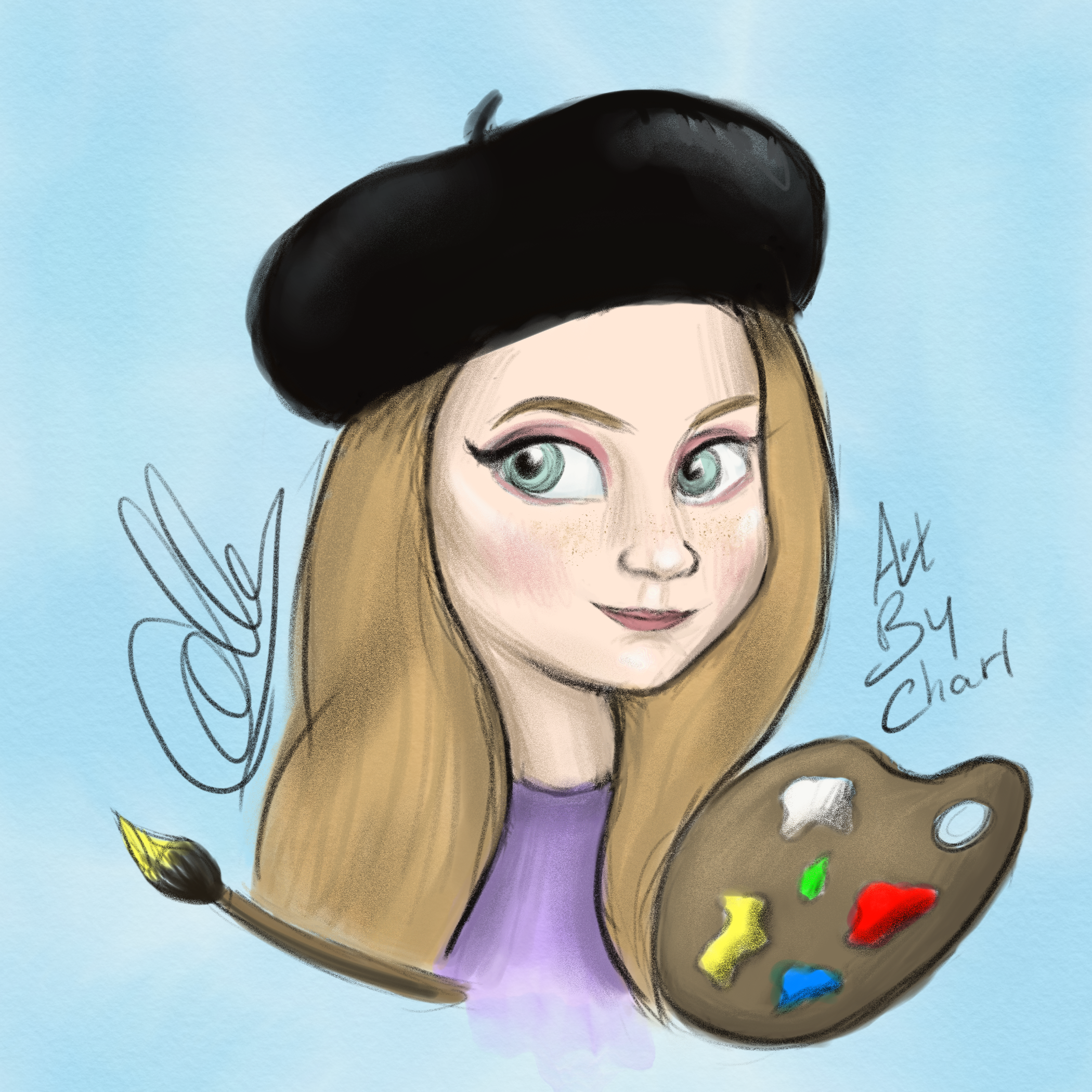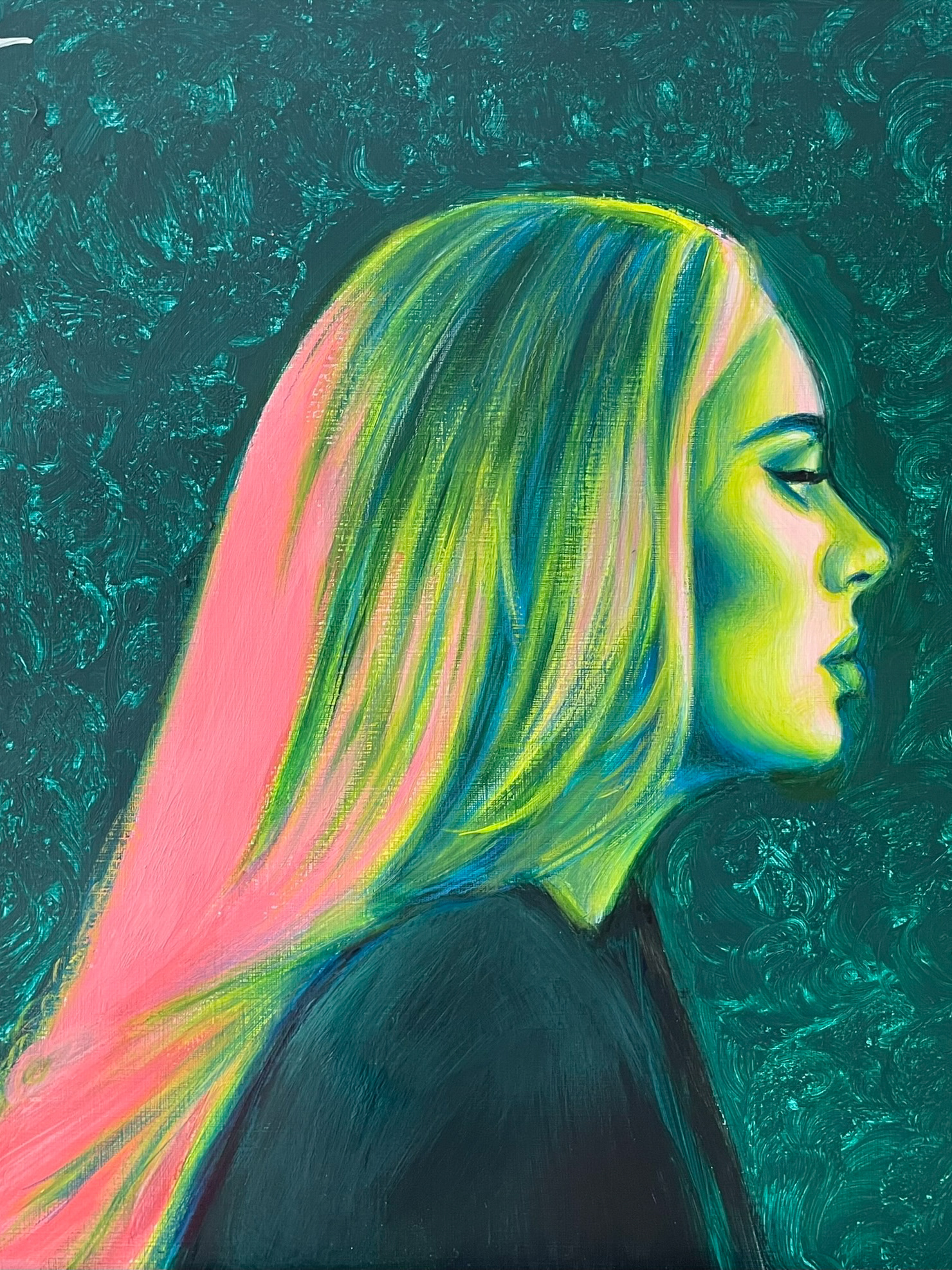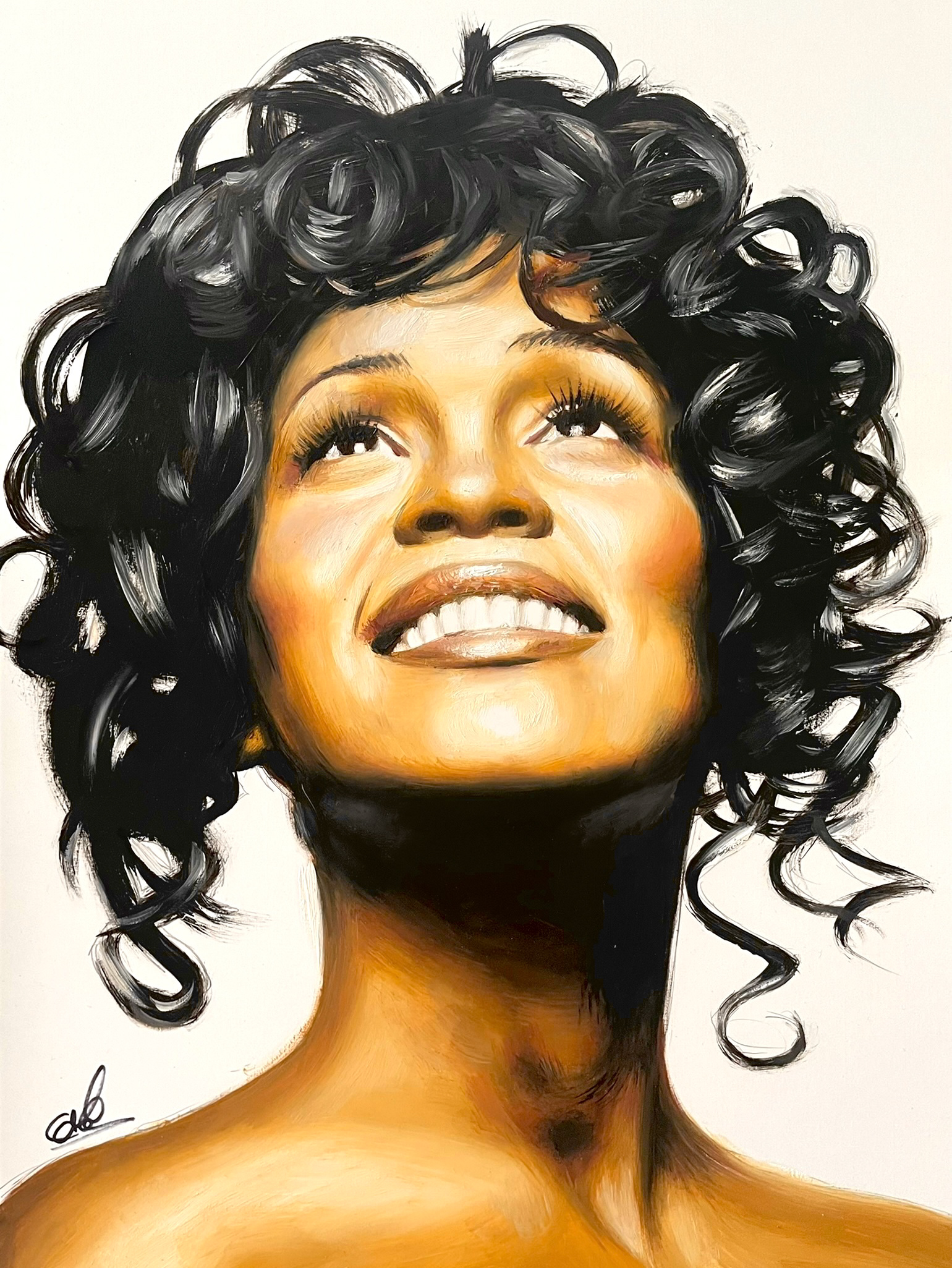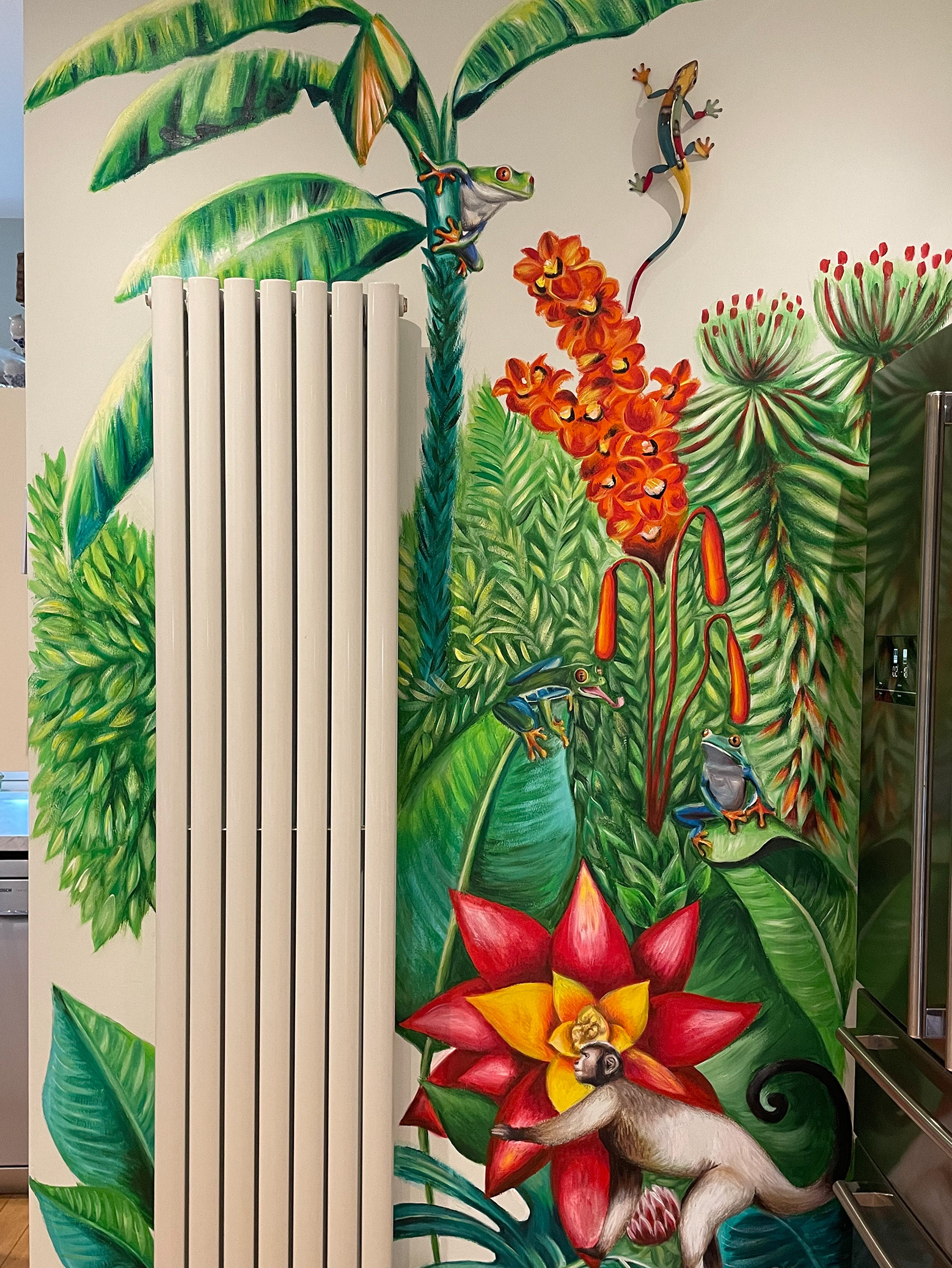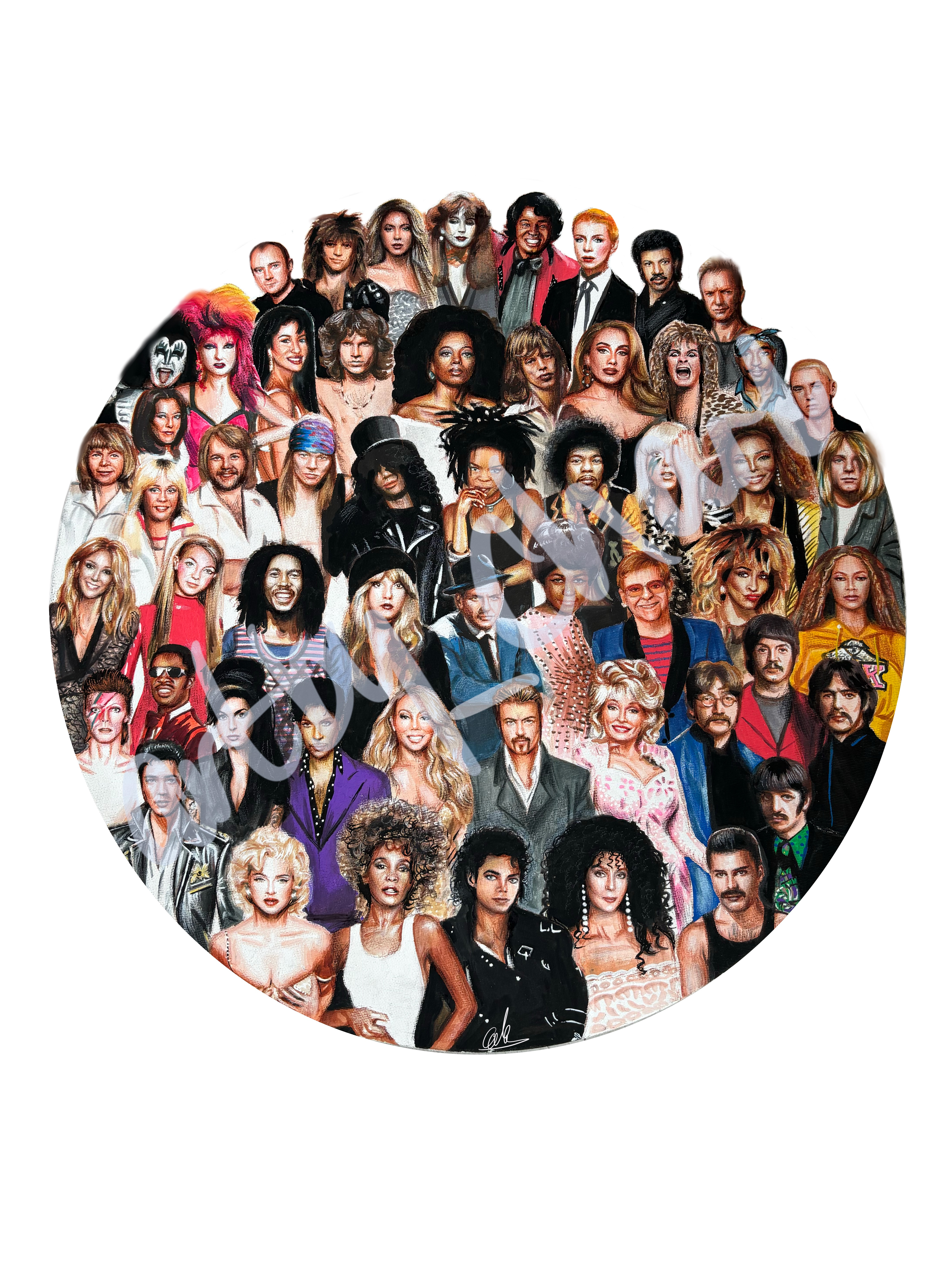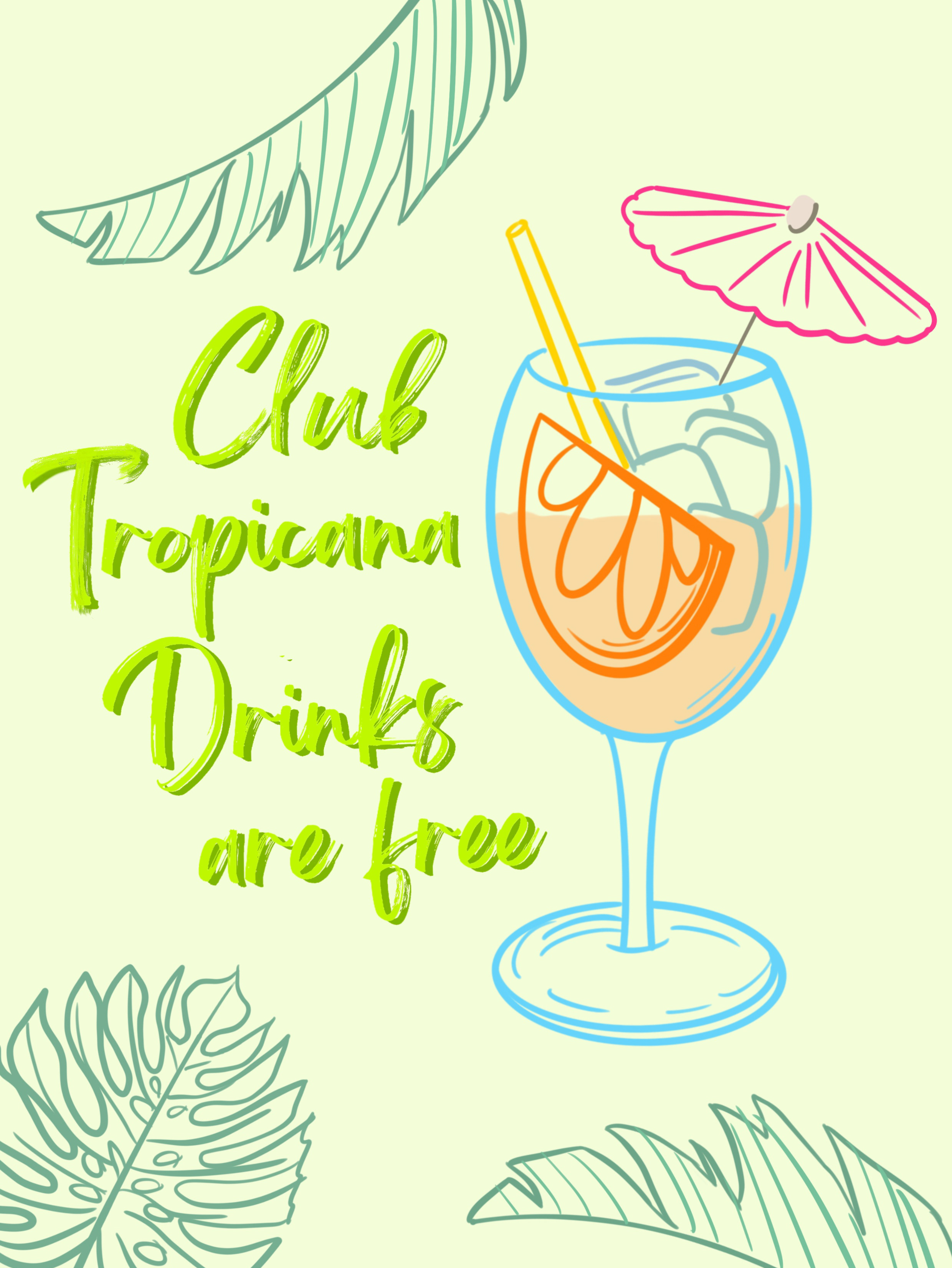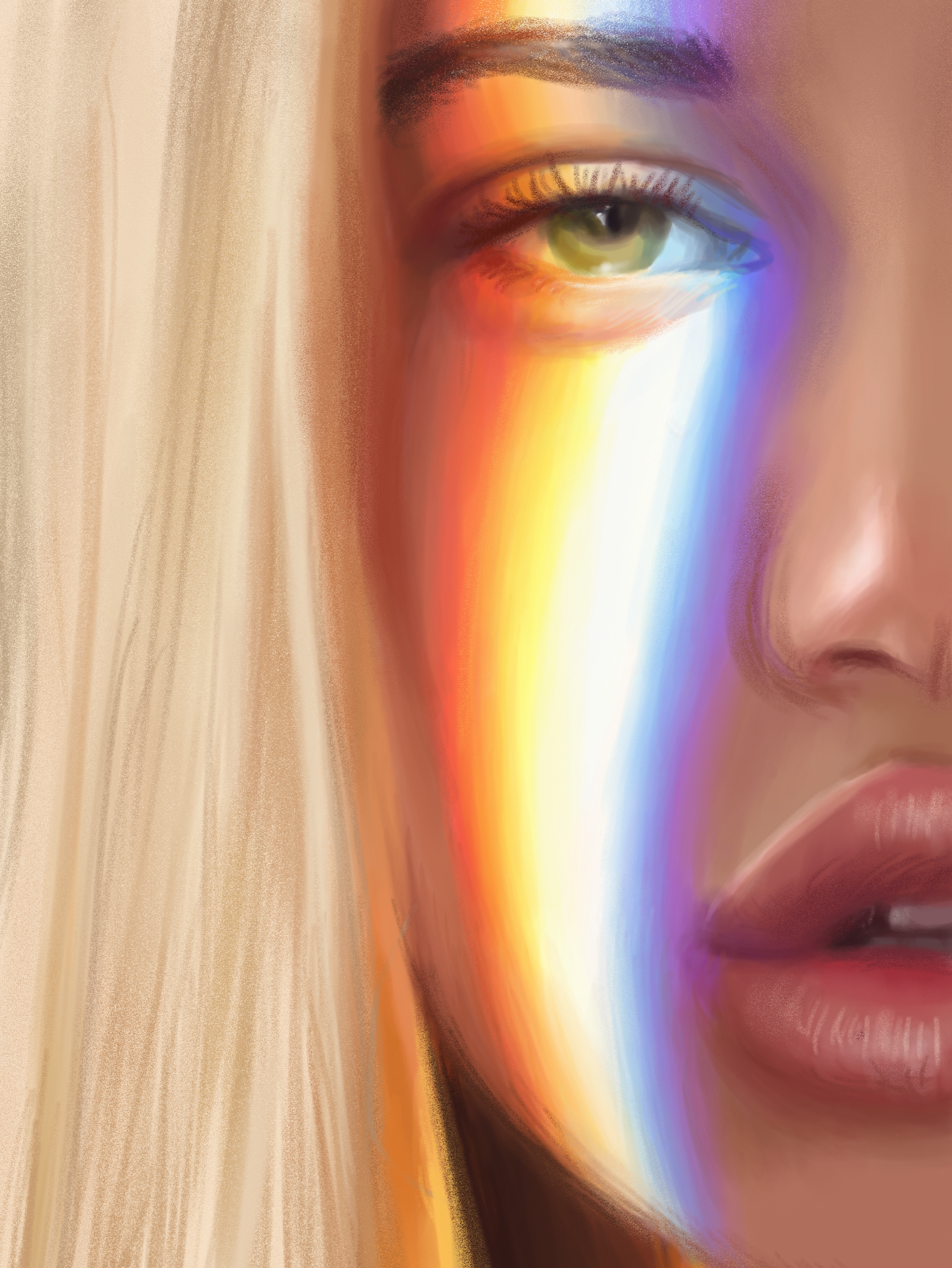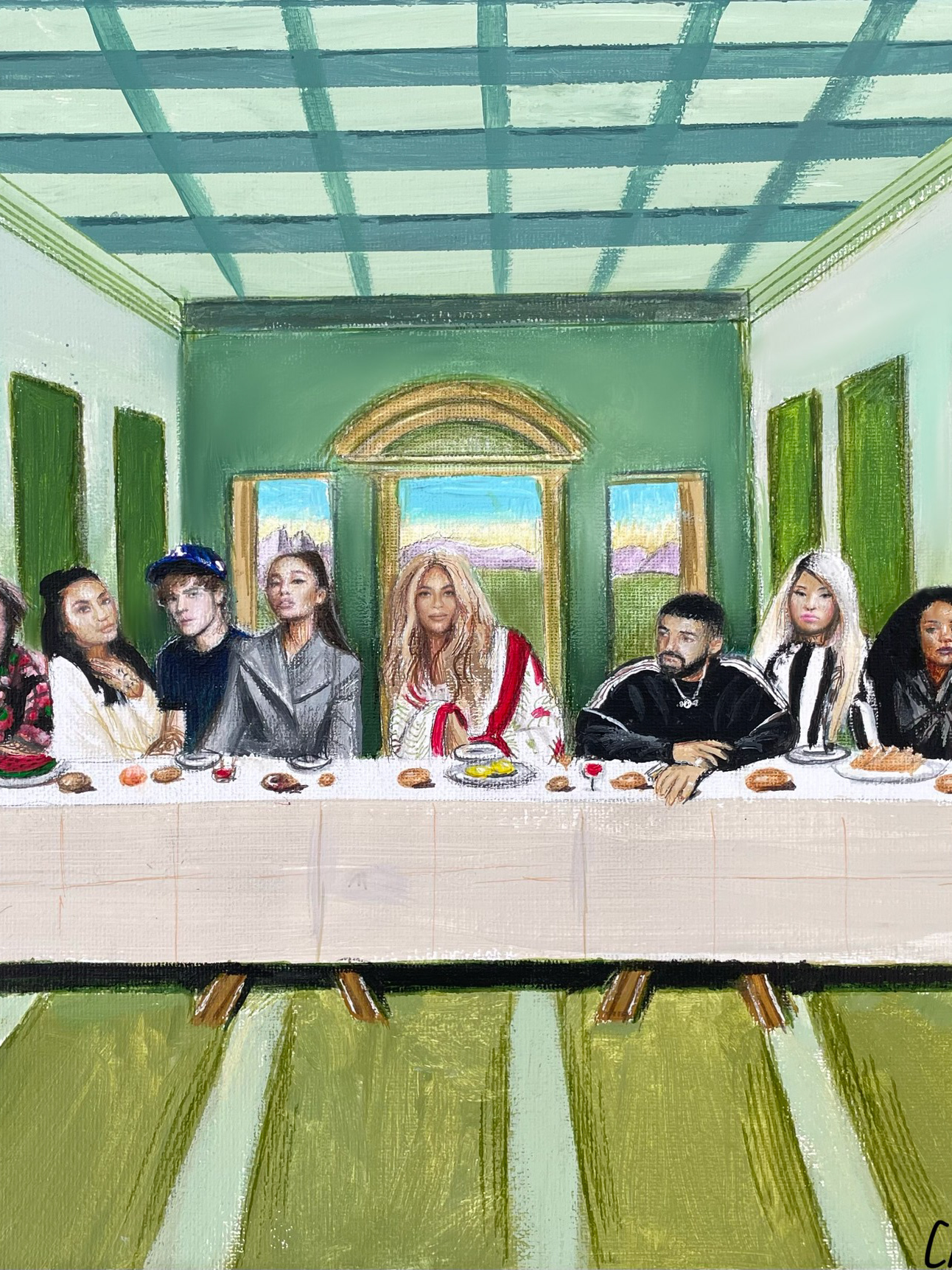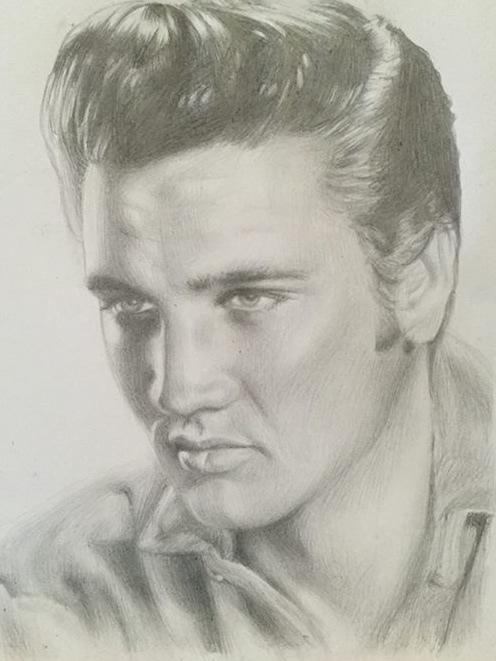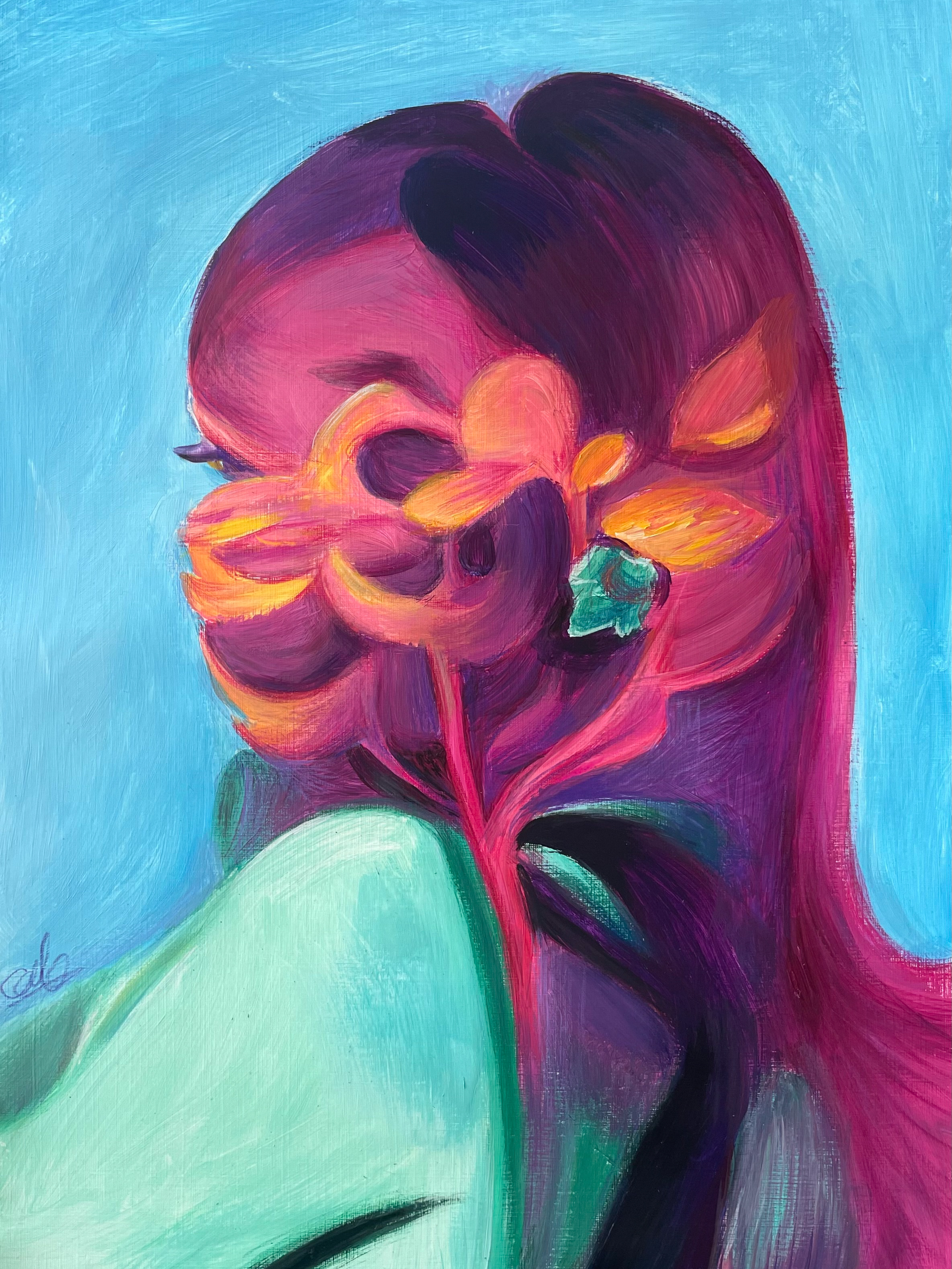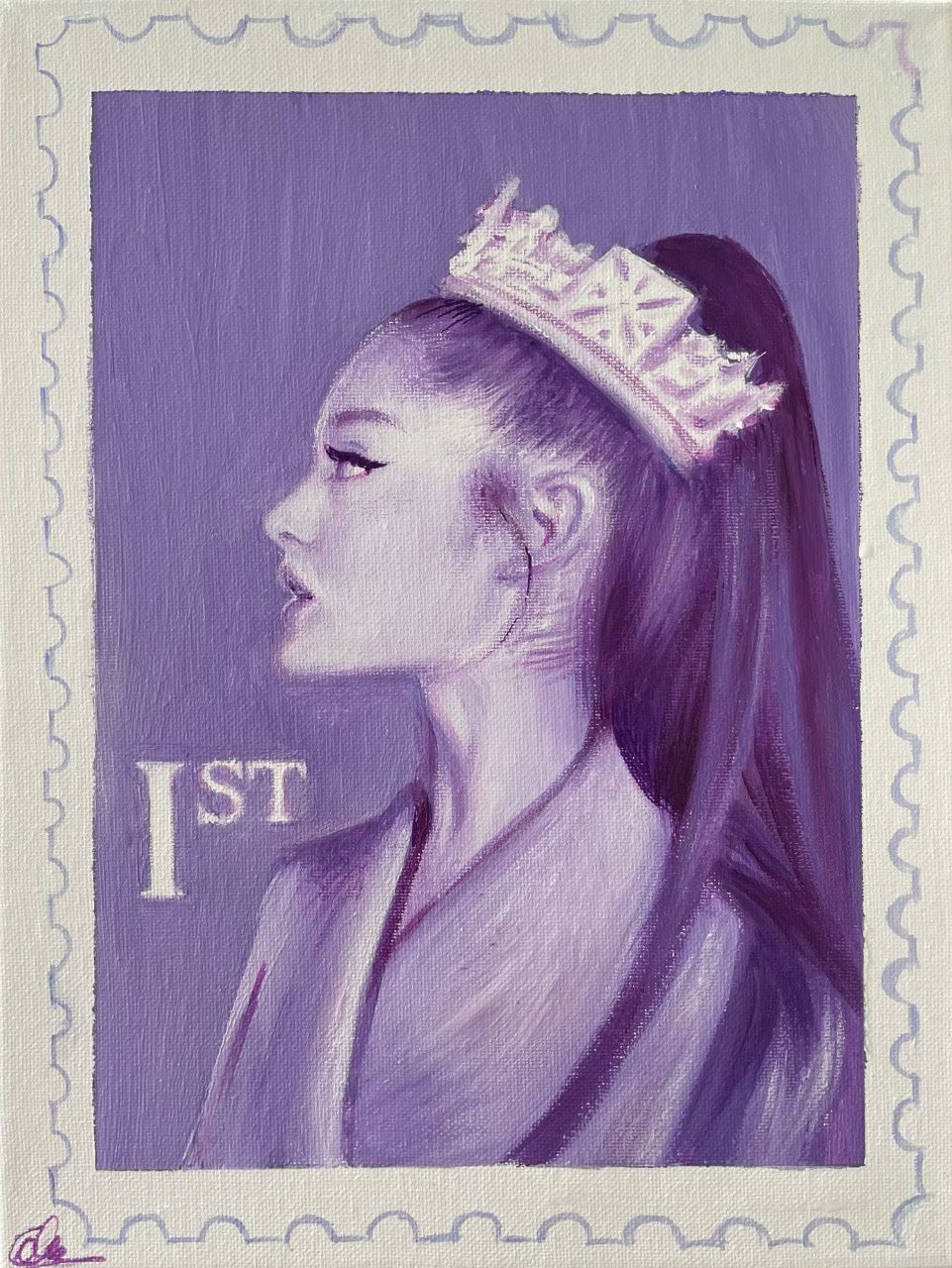
Hanley Park, A3, Acrylic Paint, Paper (2016)

Splash of Colour into Life, 3 A1 sheets of paper, Brusho Powder Paint

Transcription of The Weeping Woman by Picasso and Hand With Sphere by Escher, A3, Oil, Paper.

Transcription of The Great Wave of Kanawaga by Hokusai and Fishing Boats by Leonid Afremov (combined), A2, Acrylic and Oil Paint, Paper.

Face on, focuses on how ironic most women pull unusual faces in the process of looking beautiful, oil painting on wall, clay head on each side and time lapse projected on a polystyrene head in the middle

Hidden Insecurities, true self trapped away from society, pretending to be happy and confident in makeup to prevent judgement, Oil, A0, Canvas on Wooden Open Box, Clay Sculpture inside.

Can you hear me? Replica of mouth made my clay, painted in acrylic with plastic teeth, mouth attached by magnets onto megaphone, placed on plinth.

Can you hear me? Replica of mouth made my clay, painted in acrylic with plastic teeth, mouth attached by magnets onto megaphone, placed on plinth.

Can you hear me? The disembodied mouth attached to a megaphone symbolizes the irony of the mouth portraying it to project loud sounds, but instead there is silence instead of expected audio. The screaming mouth theme in this artwork portrays the subject of hidden frustrations; although you want to scream out the struggles you’re suffering, it is difficult to be vocal about it to anyone and ask for help. A4, Acrylic Paint, Canvas

Can you hear me? The disembodied mouth attached to a megaphone symbolizes the irony of the mouth portraying it to project loud sounds, but instead there is silence instead of expected audio. The screaming mouth theme in this artwork portrays the subject of hidden frustrations; although you want to scream out the struggles you’re suffering, it is difficult to be vocal about it to anyone and ask for help. A4, Acrylic Paint, Canvas

Can you hear me? The disembodied mouth attached to a megaphone symbolizes the irony of the mouth portraying it to project loud sounds, but instead there is silence instead of expected audio. The screaming mouth theme in this artwork portrays the subject of hidden frustrations; although you want to scream out the struggles you’re suffering, it is difficult to be vocal about it to anyone and ask for help. A4, Acrylic Paint, Canvas

Can you hear me? The disembodied mouth attached to a megaphone symbolizes the irony of the mouth portraying it to project loud sounds, but instead there is silence instead of expected audio. The screaming mouth theme in this artwork portrays the subject of hidden frustrations; although you want to scream out the struggles you’re suffering, it is difficult to be vocal about it to anyone and ask for help. A4, Acrylic Paint, Canvas

Can you hear me? The disembodied mouth attached to a megaphone symbolizes the irony of the mouth portraying it to project loud sounds, but instead there is silence instead of expected audio. The screaming mouth theme in this artwork portrays the subject of hidden frustrations; although you want to scream out the struggles you’re suffering, it is difficult to be vocal about it to anyone and ask for help. A4, Acrylic Paint, Canvas

The Other Side, A2, Oil, Wood sheets framed

Veiling Landscapes, a group exhibition displaying transparent sheets of different paintings of landscapes to combine the layers into one piece, creating a journey through sounds, memories and trails, 20th-23rd February 2018

Prosperity, a pop-up exhibition in Stoke-on-Trent displaying mine and two other artists’ wildlife postcards with the aim to raise money for the Staffordshire Wildlife Trust. Our artworks explore portrait paintings of animals and natural landscapes, highlighting the true beauty of wildlife. 20th-22nd February 2019

Are You Sure? (1/2), 147 cm x 125 cm x 70 cm, Oil, MDF Wood. The continuous subject of the insecurities of appearances through a female's perspective and the pressures of achieving beauty standards in today's society. The construction of this section of the piece is discussed through detailed painting, presenting a confident, positive and perfect appearance society expects women to portray.

Are You Sure? (2/2), Acrylic Paint, Expanding Foam, Mod Roc, Chicken Wire and Papier Mache on MDF Wood. 147 cm x 125 cm x 70 cm. This piece explores the continuous subject of the insecurities of appearances through a female’s perspective and the pressures of achieving beauty standards in today’s society. The sculpture hidden behind a portrait painting of a perfect appearance attempts to reveal a sense of integrity away from the presentation of a conforming image towards the representation of self with more honesty. The imagery of an unstable life-sized figure hidden behind, and struggling to keep up, a perfect appearance personifies the struggles many women can go through due to pressures of social media.

Picture That (1/2), 6 Pencil Drawings on A4 Paper. For experimentation, I decided to sketch out different reference photos I took from the photography session. Purposely, I drew the details of the face and prevented filling in the hair and neck due to the face being the focal point of my practice. This lead to a realisation of purposely blank spaces symbolising an incomplete true self shown to an audience. Picture that was not only testing which different facial features seem the fakest, but evolved into a piece that influenced me to create a bigger portrait painting which forms an incomplete image. The capturing of photographic languages of facial features in the drawings connects the audience with this form of representation in an interesting way.

Picture that (2/2), Oil, 122cm x 76cm, MDF Wood The idea of letting the audience imagine what is expected to be in the image by not painting a certain feature allows the viewer to evaluate. Leaving a blank space for the mouth of the face can allow the viewer to imagine either a smile, a frown or any other expression that they would expect, symbolising society's expectations of how a young female should appear to the public eye. The audience are forced to form an engagement based upon the holding back of information, this means in terms of the amount of information we see on a daily basis through forms of mass communication along with conventions within art itself.

Focus on me, Oil, 25.5 cm x 30.5 cm, Canvas board In this current digital age, many social media users would sometime alter their images with ‘photo filters’ to seem more appealing and would want more engagement with friends. The thought of painting that specific editing mask seemed to be a challenge I was willing to take, interested to see what the outcome would look like. Firstly, editing the images digitally through blurring surfaces and saturating colours was a very experimental process, trying to find out which effect looked interesting. Also using an edited image as a reference photo to paint seemed testing due to myself being used to applying detailed features to the face, instead blurring them and blending each colour together to create a distorted effect to the eye.
